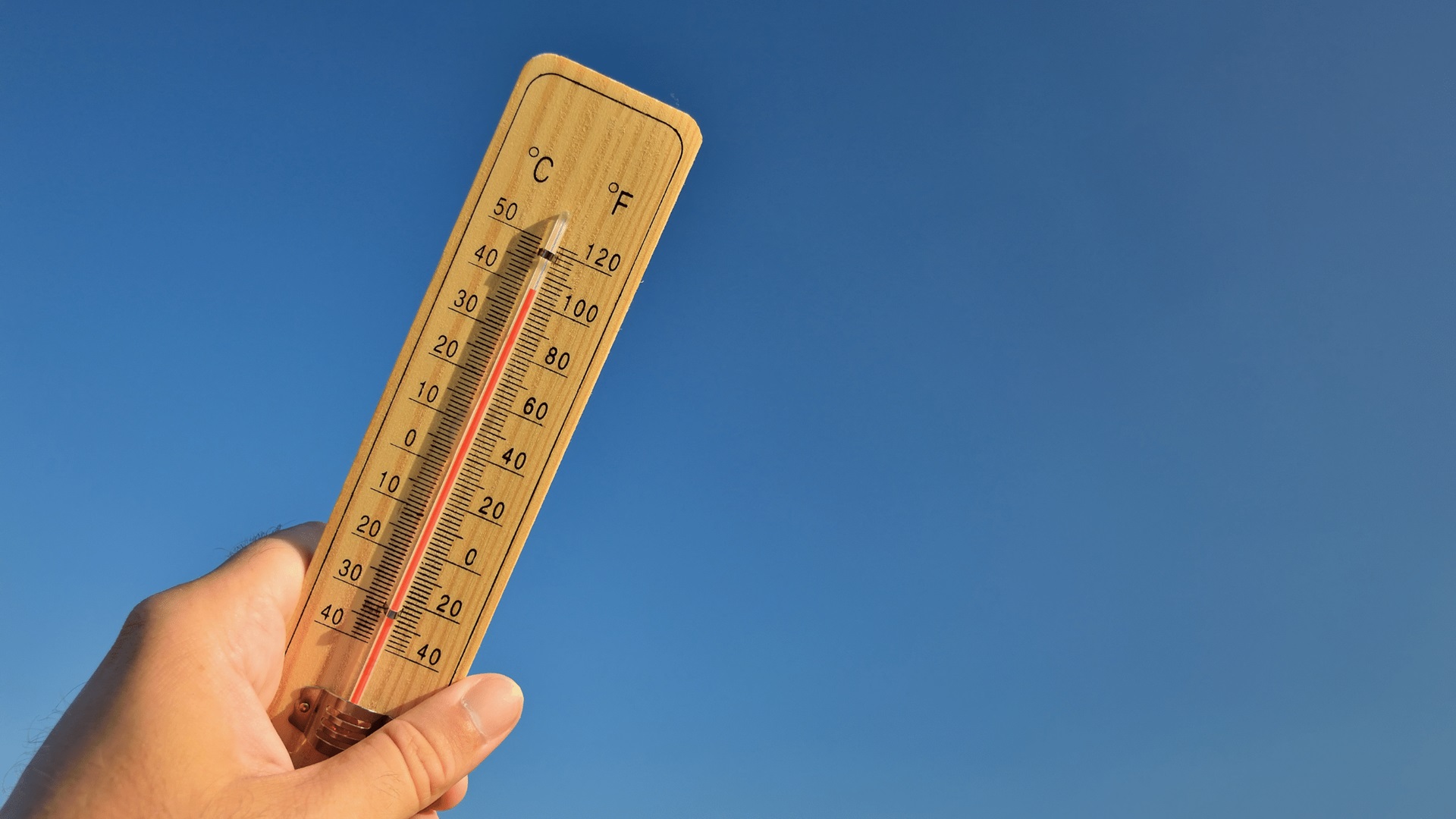Mother Nature tends to be a little crazy and can’t always decide what season we’re currently in. One day it’s sunny and warm, the net it’s freezing cold. Needless to say, the weather can make it difficult to make plans. If you’re painting the outside of your home, the weather can be a crucial factor to consider when talking to your painting contractor.
Cold Temperatures
When the temperature drops, some paints tend to become thicker in consistency, making it more difficult to apply and taking longer to dry. As a result, this thicker paint is more likely to have flaws in the finish like runs, drips or sagging. The colder weather can also mess with the bond that the paint has on the surface you’re painting leading to chipping and peeling or an uneven result.
Most manufacturers provide minimum temperature specifications on their product labels so homeowners know how to plan for exterior projects. As a general rule, oil-based paints should be applied at a temperature no lower than 7 degrees, and latex or acrylic paints perform better at 10 degrees or warmer. If the temperatures drop below these thresholds, your contractor will likely have to cancel work until the temperatures climb back up.
Hot Temperatures
On the opposite end of the spectrum, painting exteriors in extreme heat can also impact your results. The excessive heat makes the outside surface of the paint dry much faster than the inside paint touching the wall. As a result, bumps and wrinkles can occur when paint dries too quickly.
Humidity
Humidity can create a large number of problems when painting exteriors. Water-based paints rely on a precise ratio of water solvent and pigment, resin and additives but the water vapour in the air in humid environments can make the mixture thinner and mess with the drying times.
When painting wood, wood is very porous and soaks up the moisture in the air. When paint is applied to moist wood, the bond between the surface and paint becomes week causing it to bubble and peel as it dries.
If you’re planning to pain your home’s exterior, you need to be aware of the weather when you schedule the work. keep an eye on the forecast as you look forward to the project date and try to be flexible when possible. For example, during the hottest days of summer, your contractor may need to schedule work for earlier in the morning so their team can avoid the hottest parts of the day and the potential issues that come along with it.
No matter what Mother Nature throws your way, a beautiful exterior for your home is possible. By working with an experienced, knowledgable contractor, you’ll be able to plan around the weather and have results you’ll love.





